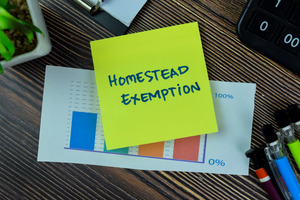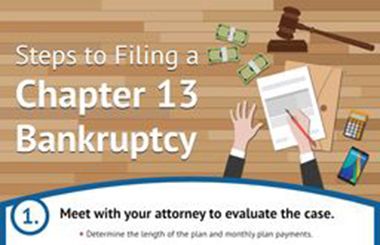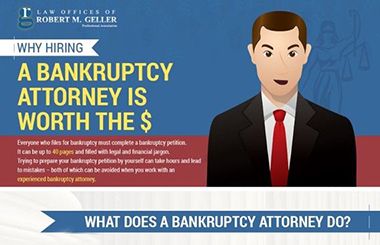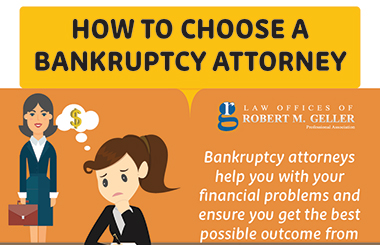Bankruptcy schedules are the documents submitted to the court that include all relevant personal and financial information of the person filing. They are included in the bankruptcy petition and must be completed properly to ensure the case is not dismissed. Each schedule (A-J) includes a variety of information pertinent to the bankruptcy case and includes:
Schedule A: A list of real property, including houses, land, and buildings owned by the filer. It also includes the address of the property, the value, and any liens against the property, including a mortgage.
Schedule B: A list of personal property, which is everything owned aside from the real property listed in schedule A. This includes items such as jewelry, collectibles, stocks, retirement savings, and household goods. Essentially, everything you own is included in this list so the court is aware of it. The value of each piece must also be listed.
Schedule C: A list claiming exemptions and the law associated with that exemption. Any property that has value and is not listed as an exemption can be seized depending on the type of bankruptcy filed. Claiming exemptions is complicated, so your bankruptcy attorney will assist you in compiling the list.
Schedule D: A list of creditors that hold secured claims, meaning they have an interest in the property. The list includes the creditor’s name, address, amount of the debt, and date of when the debt was incurred.
Schedule E: A list of unsecured debts that are considered priority claims. For instance, money owed for taxes is unsecured (there is no collateral), but it must be paid, so it takes priority over some other debts when debts are paid from your estate.
Schedule F: A list of unsecured creditors with non-priority claims. This includes medical bills, credit cards, and other debts for which there is no collateral, but they are not priority claims.
Schedule G: A list of unfulfilled contracts and unexpired leases, including the service provider’s information, as well as a description of the contract or lease.
Schedule H: A list of any co-debtors, which are other people or companies liable for any of the debt listed in the above schedules. Your spouse is an example of a co-debtor.
Schedules I: A list of your monthly income sources.
Schedule J: A list of your monthly expenses
Completing the bankruptcy schedules is time-consuming and can be confusing for those who have never filled out the forms. It is essential you have a professional review the information before filing or assist you in filling out the schedules. Contact us at 813.254.5696 for more information about bankruptcy schedules or to schedule an appointment to discuss your case.



























![Signs That You May Need to File Bankruptcy [Infographic]](https://djml3wkzi26ea.cloudfront.net/wp-content/uploads/2021/01/signs-chap7-v-chap13.jpg)
![How To File for Bankruptcy [Infographic]](https://djml3wkzi26ea.cloudfront.net/wp-content/uploads/2020/07/bankruptcy-steps-infographic-web.jpg)










